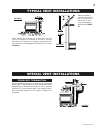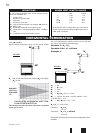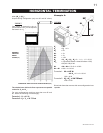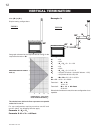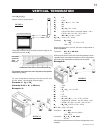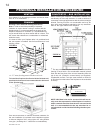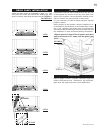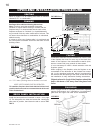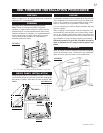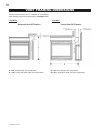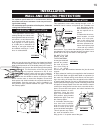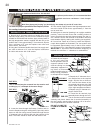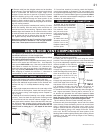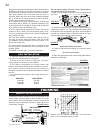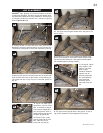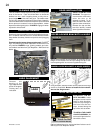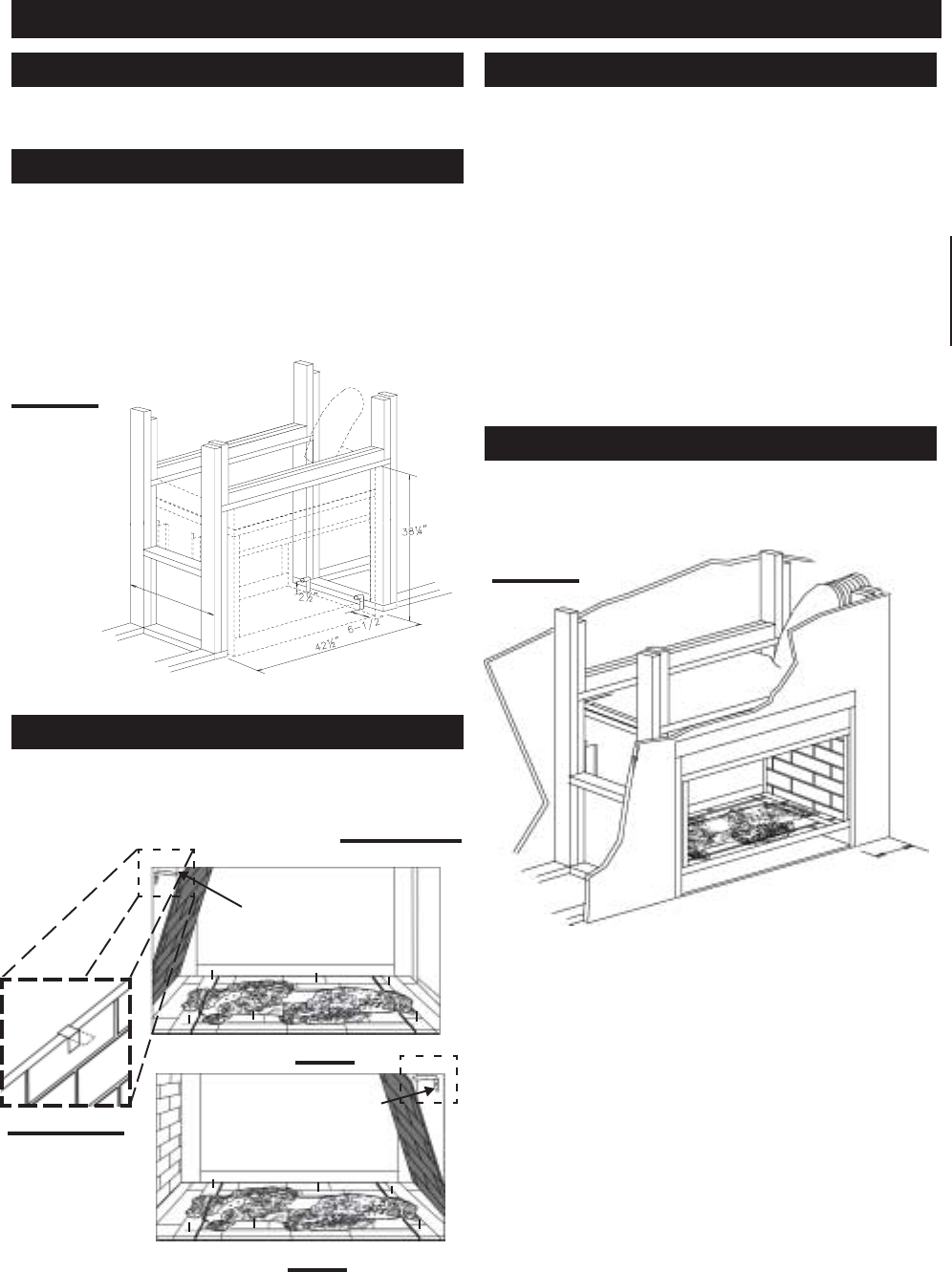
17
W415-0299 / C / 03.12.03
Refer to pages 6-13. All venting must have a minimum
clearance of 1" to combustible.
See Page 18 for additional framing dimensions.
Note: In order to avoid the possibility of exposed
insulation or vapour barrier coming in contact with the
fireplace body, it is recommended that the walls of the
fireplace enclosure be “finished” (ie: drywall/sheetrock),
as you would finish any other outside wall of a home.
This will ensure that clearance to combustibles is
maintained within the cavity.
A
A = 22" minus finishing material thickness, each side.
FIGURE 23
FIGURES 24a-c
Install the base panels as illustrated in steps 1-4 on page
15. Both side panels sit under the bracket tab. Holding the
side panel in position, bend down the tab to secure. DE-
TAIL 6.
RETAINER
RETAINER
STEP 5
STEP 6
DETAIL 5 & 6
Combustible materials may be installed flush with the front
of the fireplace but must not cover any of the black face-
areas of the fireplace. Non-combustible material (brick,
stone or ceramic tile) may protrude in these areas.
It is not necessary to install a hearth extension with this
fireplace system.
When roughing in the fireplace, raise the fireplace to ac-
commodate for the thickness of the finished floor materi-
als, i.e. tile, carpeting, hard wood, which if not planned for
will interfere with the opening of the lower access door and
the installation of many decorative flashing accessories.
Objects placed in front of the fireplace should be
kept a minimum of 48" away from the glass front
faces.
Refer to pages 22-25 for complete instructions regarding
mantle requirements and installations, log placement,
glass door and upper and lower louvre attachments.
DRYWALL
DRYWALL
5" MIN
FIGURE 25
SEE-THROUGH INSTALLATION PROCEDURE
VENTING
FRAMING
BRICK PANEL INSTALLATION
FACING
FINISHING



